Greek Marinated Lamb Chops
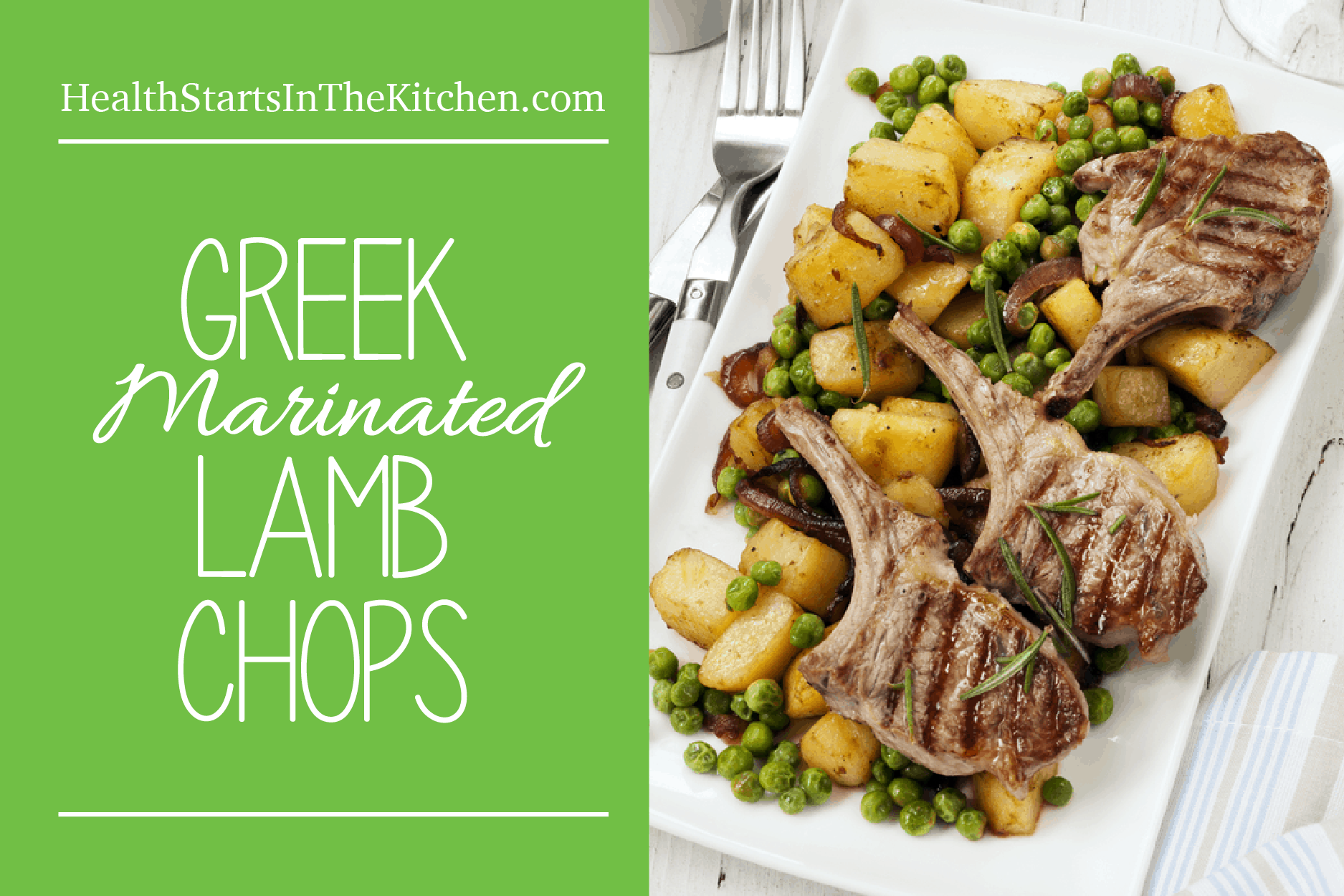
Health Benefits
Lamb is one of the richest sources of conjugated linoleic acid (CLA), possessing unique and potent antioxidant activity . CLA cannot be manufactured in the human body. Lamb is an excellent natural source of high quality protein. The protein in lamb is nutritionally complete, with all 8 essential amino acids in the proper ratio. A three ounce serving provides 43% of an adult male’s Recommended Daily Allowance (RDA) for protein. As a source of easily absorbed iron, an average portion of lamb provides 20% of the RDA intake for men and 12% for women. Iron is vital in the formation of red blood cells. Lamb provides 45% of the daily requirement of zinc, essential for growth, healing and a healthy immune system. Lamb is a great source of B vitamins, essential for metabolic reactions in the body. Lamb provides over 100% of the RDA of B12, (found solely in animal meat), for normal functioning of the brain and nervous system. A good source also of thiamine (B1), essential to normal metabolism and nerve function. Trace mineral elements such as copper, manganese and selenium are also found in lamb.
Definition of Lamb
Lamb is meat from sheep less than 1 year old. Today, most of the lamb is from 6 to 8 months old. So- called “Spring lamb” means that the lamb was harvested between March and October. The term comes from times past when lambs born in harsh winter weather hardly survived until the following spring. Today the sheep are provided shelter from wind and snow.
Always buy Naturally Raised Lamb
It has been estimated that there are more than 100,000 sheep farms in the United States. A great number of these farms are completely natural, that is, the sheep are naturally grass fed in pastures with free access to well and spring water. The sheep are never given antibiotics, growth stimulants, steroids, or any other chemical additives. They are not grain fed and never exposed to feedlot conditions. Some routine maintenance shots may be given the sheep for tetanus, overeating disease, and lamb hood disease. By raising the sheep outdoors on pasture, their manure is spread over a wide area of land, making it a welcome source of organic fertilizer, and not a “waste management problem” as is the case with animals quartered in feedlots.
Never buy Feedlot Raised Lamb
What is a feedlot? A type of animal feeding operation consisting of a confined pen or enclosure, which is used in factory farming for finishing livestock, notably beef cattle, but also swine, horses, sheep, turkeys, chickens or ducks, prior to slaughter. Prior to entering a feedlot, sheep spend most of their life grazing on pastureland. Once they reach an entry-level weight and age, they are transferred to a feedlot to be fed a “specialized diet” and then from there, after reaching their finished weight, they are transported to a slaughterhouse. The “specialized diet” usually consists of high grains such as corn, barley, milo (a sorghum), and/or wheat. However, ruminants such as sheep are designed to eat fibrous grasses, plants, and shrubs and not starchy, low-fiber grain. Switching from pasture greens to grains causes the sheep to become afflicted with a number of disorders. This could lower the nutritional value of the meat. The U.S. Department of Agriculture (USDA) has okayed Zeronal, a synthetic hormone used to promote efficient growth in feedlot lambs. The hormone is implanted on the lamb’s ear and is time released for about 30 days. A withholding period of 40 days is required before slaughter. Antibiotics may be given to prevent or treat disease in lambs. A recommended withholding period is required from the time antibiotics are administered until it is legal to slaughter the animal. This is so residues can exit the animal’s system. This is why you need to buy the natural raised lamb. Of course the USDA does not really differentiate between natural and feedlot raised animals. The USDA states:
- “All fresh meat qualifies as ‘natural’. Products labeled ‘natural’ cannot contain any artificial flavor or flavoring, coloring ingredient, chemical preservative, or any other artificial or synthetic ingredient: and the product and its ingredients are not more than minimally processed (ground, for example). All products claiming to be natural should be accompanied by a brief statement which explains what is meant by the term ‘natural’”.
Retail Cuts of Fresh Lamb
A lamb weighs about 120 pounds and yields approximately 60 to 72 pounds of retail lamb cuts, which include bone and fat. There are five basic retail lamb cuts. These are: lamb shoulder, rack of lamb, lamb loin, lamb shank/lamb breast, and leg of lamb. These may be further broken down in the super markets as loin chops, shoulder roast, shoulder chops, leg of lamb butt-end, leg shank, etc., as well as ground lamb. The “rack” is the unsplit rib of the carcass, which includes ribs 6 through 12, and is usually split to make two lamb rib roasts.
Availability
In the U.S., per capita consumption of lamb is very low, less that one pound per person. In New Zealand, for example, consumption is 57 pounds per person. Many immigrants to the U.S., however, today, come from many areas of the world where lamb is commonly consumed. As a result, the U.S. continues to import lamb to meet consumer demand.
In Summation Add lamb to your weekly menu and enjoy an excellent source of protein and essential fats. Full of essential fatty acids, B vitamins, iron, zinc, and selenium, lamb is the healthy alternative to beef, pork, or chicken. Like with all meats you buy, make sure your Lamb is pasture raised also! And my Greek Marinated Lamb chops is a great recipe to start your family enjoying lamb too!
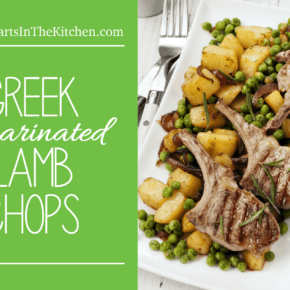
Ingredients
- 2 tablespoons Olive Oil
- 2 tablespoons Red Wine Vinegar
- 1/2 teaspoon dried Majoram
- 1/2 teaspoon dried Rosemary
- 1/2 teaspoon dried Oregano
- 1/2 teaspoon dried parsley
- 1/2 teaspoon Sea Salt
- 1/4 teaspoon Black Pepper
Instructions
- Combine all marinade ingredients together.
- Marinade 4 Lamb Chops for 4-12 hours.
- Drain excess marinade and grill lamb chops over high heat until cooked as desired. (We prefer ours rare)
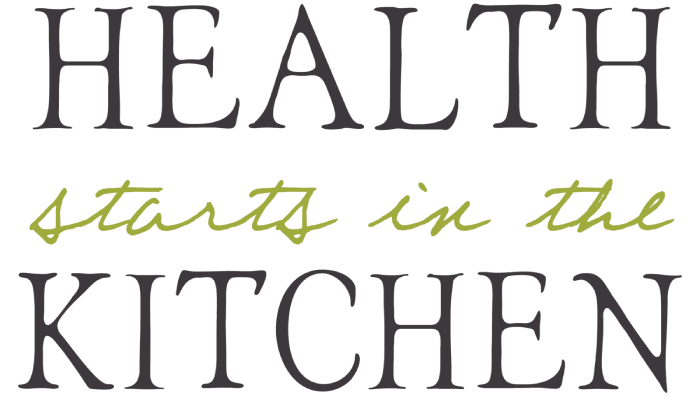
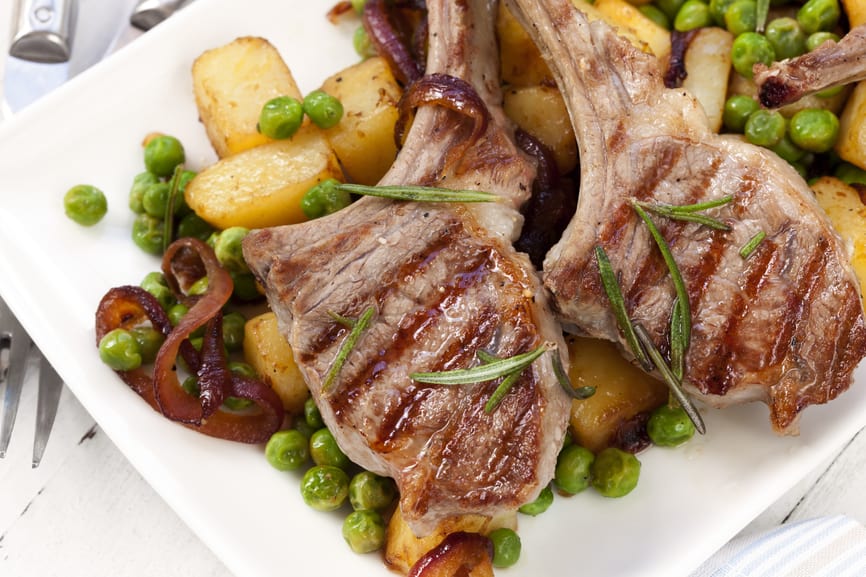
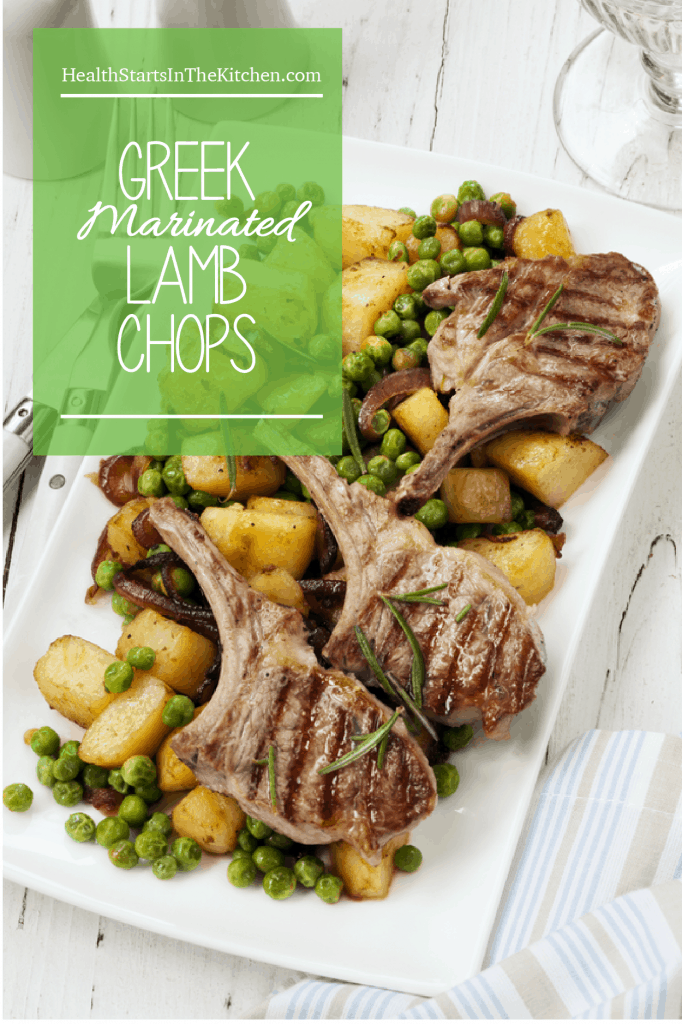
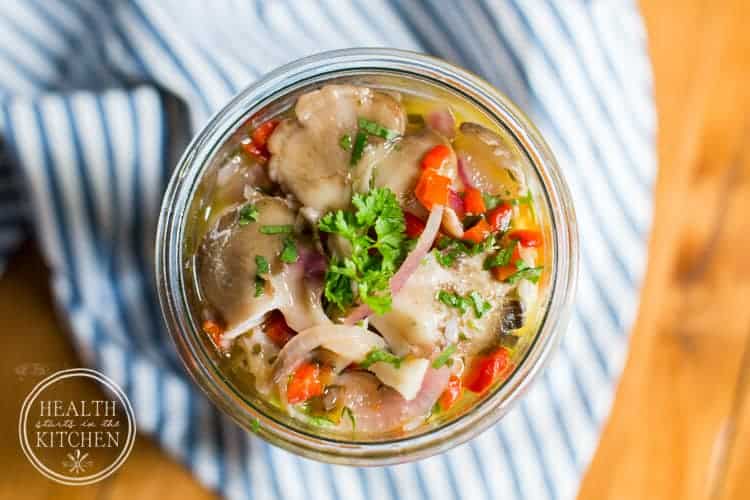
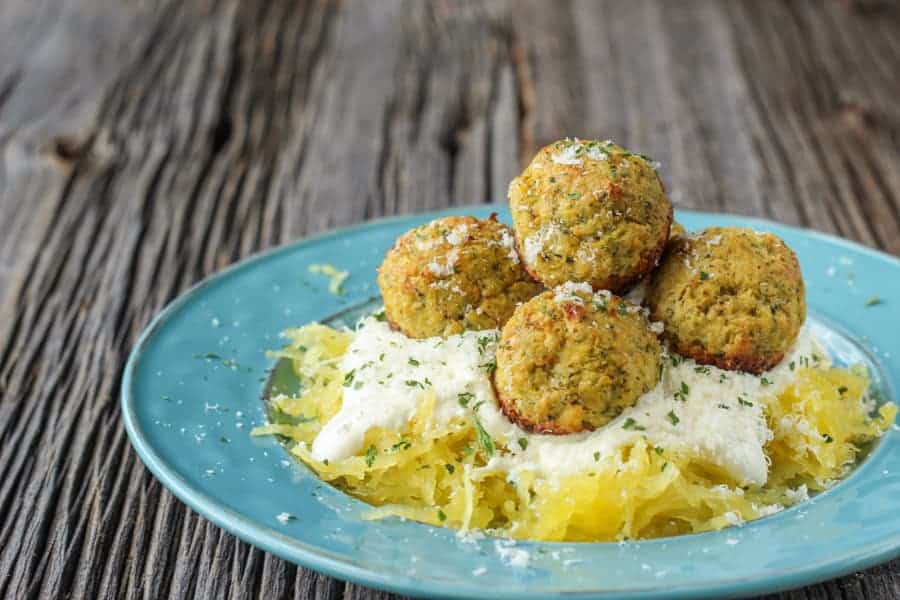
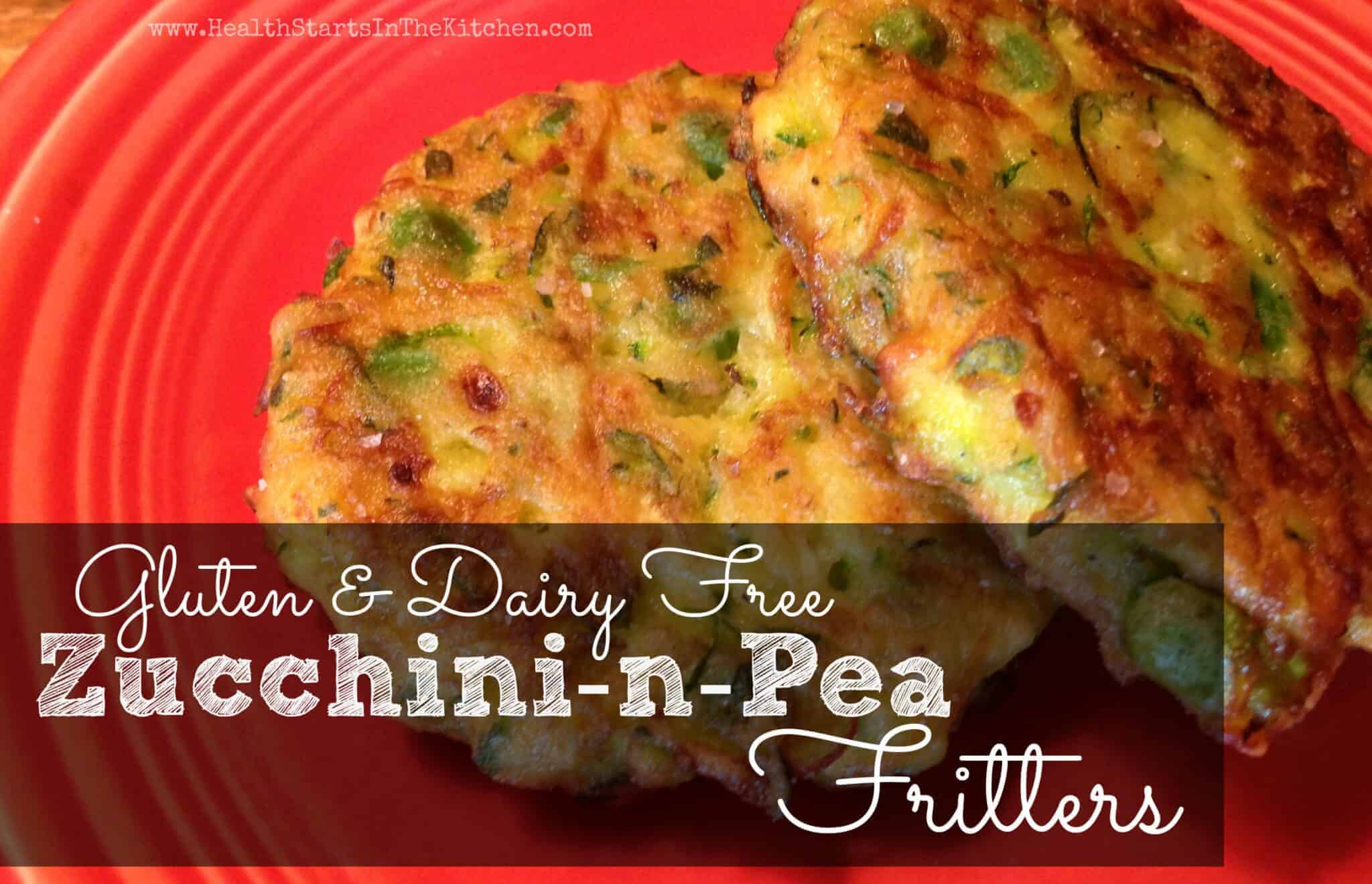

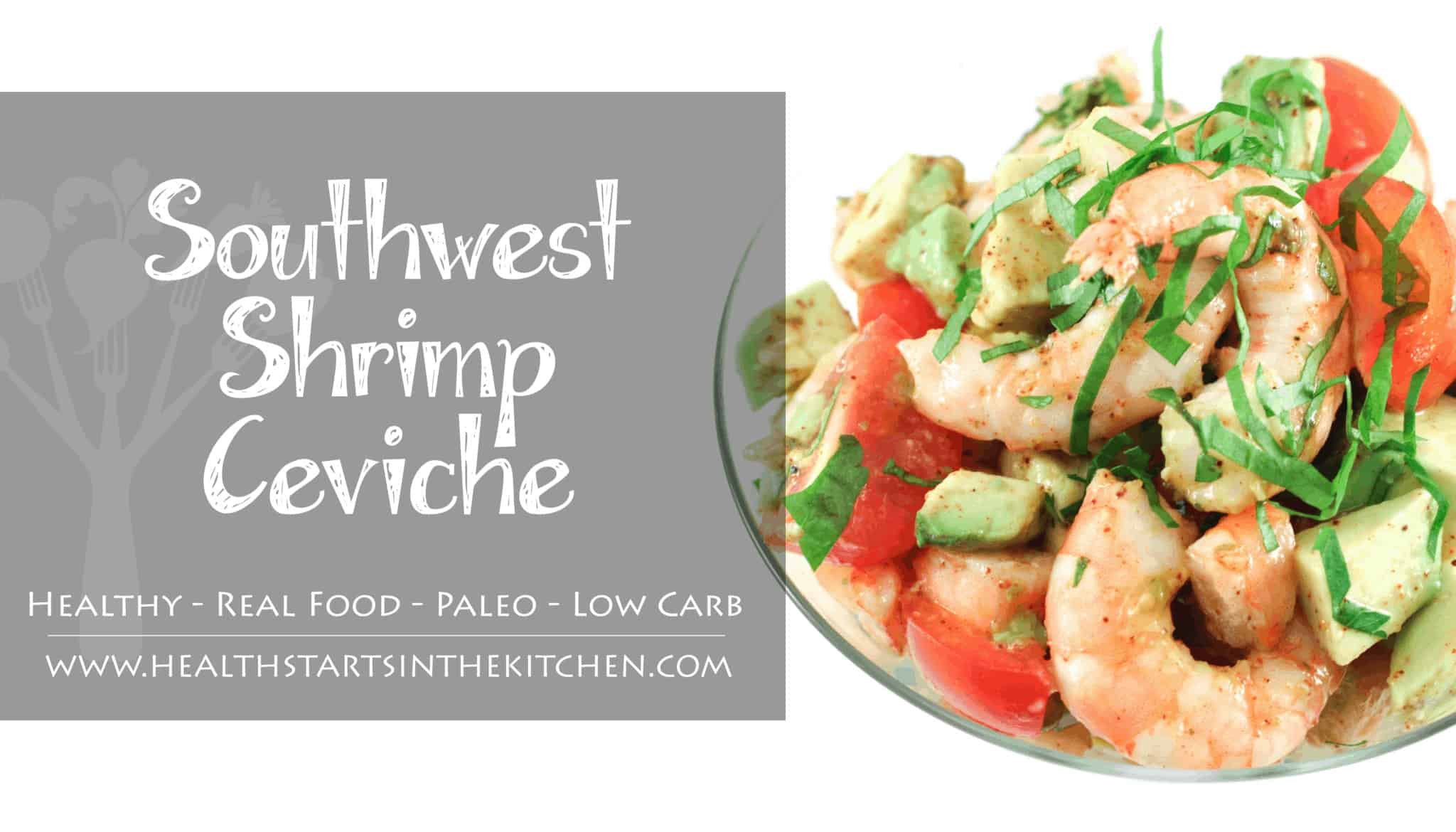
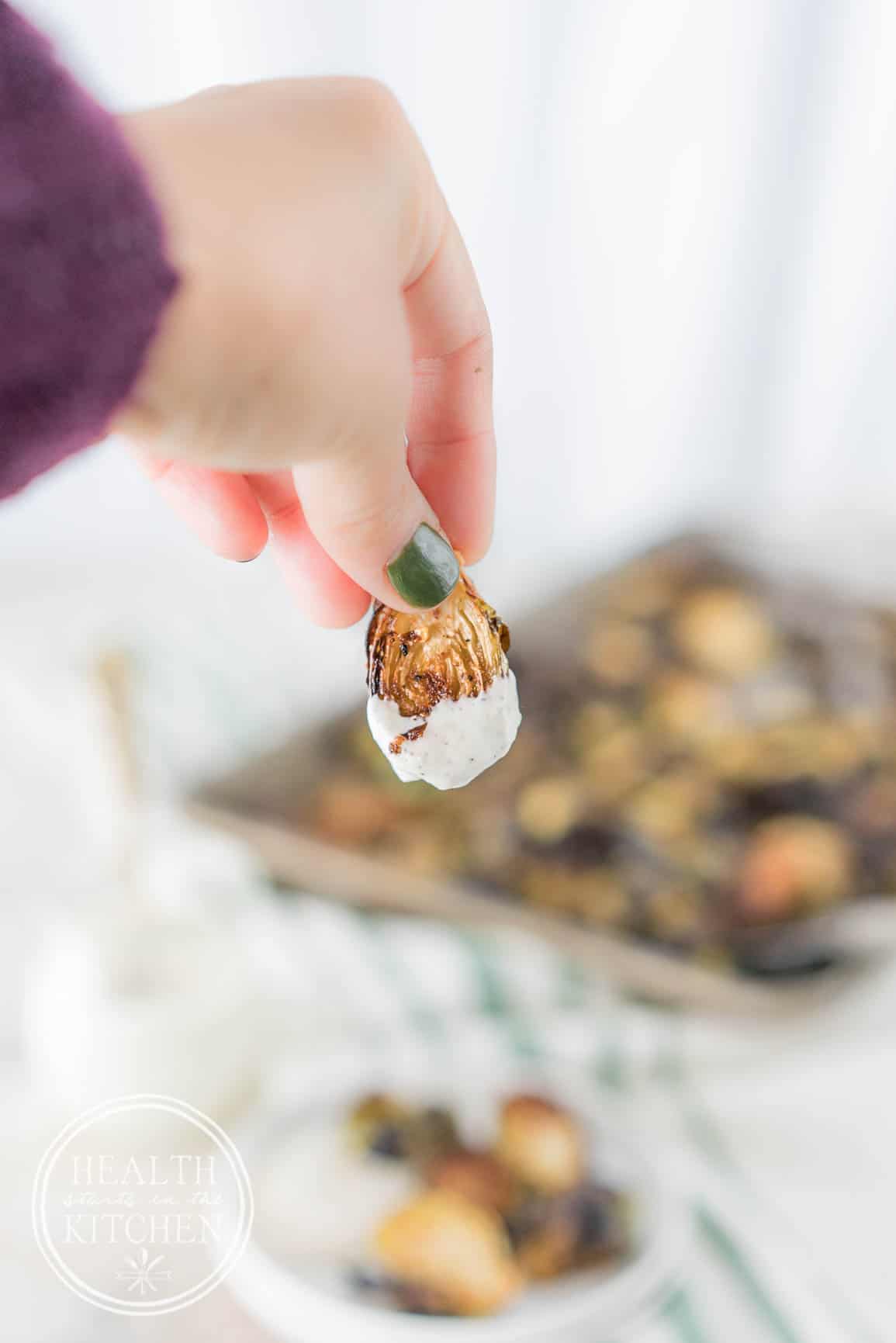
I am going to give this recipe a whirl. The only addition so far is fresh homegrown garlic to the marinade. Not sure if i will pan fry or sear and oven finish to a beautiful medium rare, the way I and hopefully my guests like them. I will let you know how things work out. To be served with partly boiled, then finished with a low broil roast, potatoes. Greek salad, home made pita bread and dip. I think i might try my Executive Save-on food red wine that I have not yet tried. A sale for $20 off before Christmas down to $50 buck a bottle was intriguing.
EASY RECIPE
didnt grill, but seared and then put them in the oven
Delicious
Cannot remember the last time that I made lamb chops! Definitely something that I need to go out and buy so I can recreate this delicious recipe.. thanks for sharing it!